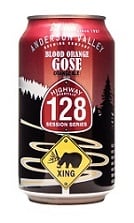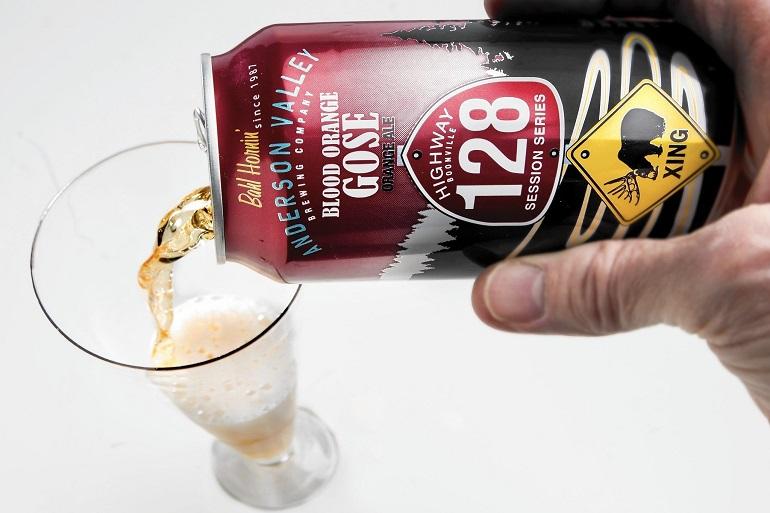Start 14-Day Trial Subscription
*No credit card required

Gose Style Comes and Goes
 The Gose style started in a place called Goslar, in Germany, where minerals from the nearby Harz Mountains provided the River Gose with a tangy, mineral quality that the locals described as “copper water.”
The Gose style started in a place called Goslar, in Germany, where minerals from the nearby Harz Mountains provided the River Gose with a tangy, mineral quality that the locals described as “copper water.”
This water provided the base for what would become Gose, a light, tangy, and salty beverage spiced with coriander that had the Bavarian region of Saxony buzzing as far back as 1239, the year of the first recorded mention of Gose from one Duke Otto von Braunschweig.
Gose was especially hot in Leipzig, capital of the German state of Saxony where, at the height of its popularity, at least 80 licensed Leipziger Gose houses served the briny suds. Things were groovy for Gose from 1738 until the early 20th century, when Germany’s geopolitical affairs detracted from time that might have otherwise been spent enjoying the delightful sour-wheat concoction.
By the end of World War II, the last remaining Gose brewery had ceased production, and save for one small brewer in Leipzig from 1949 to 1966, the venerable Gose had ceased to be, and it took twenty years for a man named Lothar Goldhahn to revive the style at the Schultheiss Weissbier brewery.
A couple decades later, Gose has finally regained a firm foothold both in Germany and America.
Westbrook Brewing Company of South Carolina boasts an assortment of traditional Gose beers, and many more brewers are exploring piquant variations on a theme, adding lime, cucumber, blood oranges, and an endless variety of lacto strains and barrels to age the beer in. The Aloha Beer Company even experimented with seawater as a base for Gose, which turned out far more refreshing than one would expect.
Similar to a Berliner Weisse, Gose can be sweetened with syrups, or fortified with various liqueurs, and pairs well with robust seafood flavors like smoked salmon or oysters.
Though it’s one of the more obscure sour styles, Gose is gaining popularity as an easily palatable brew suitable for almost any occasion. Give it a try while you can, because as history shows, it comes and goes.



